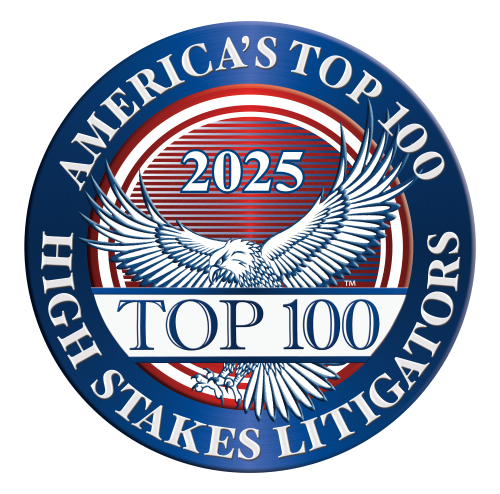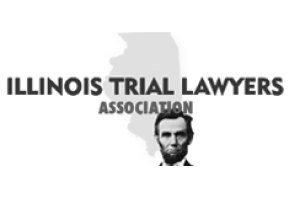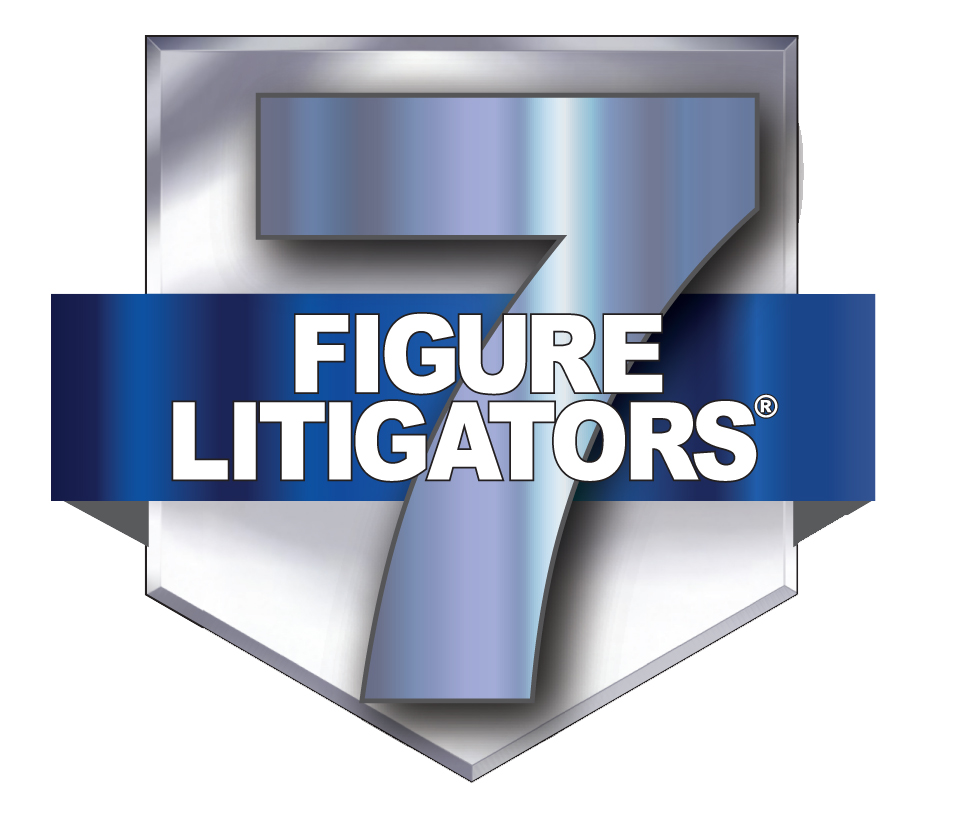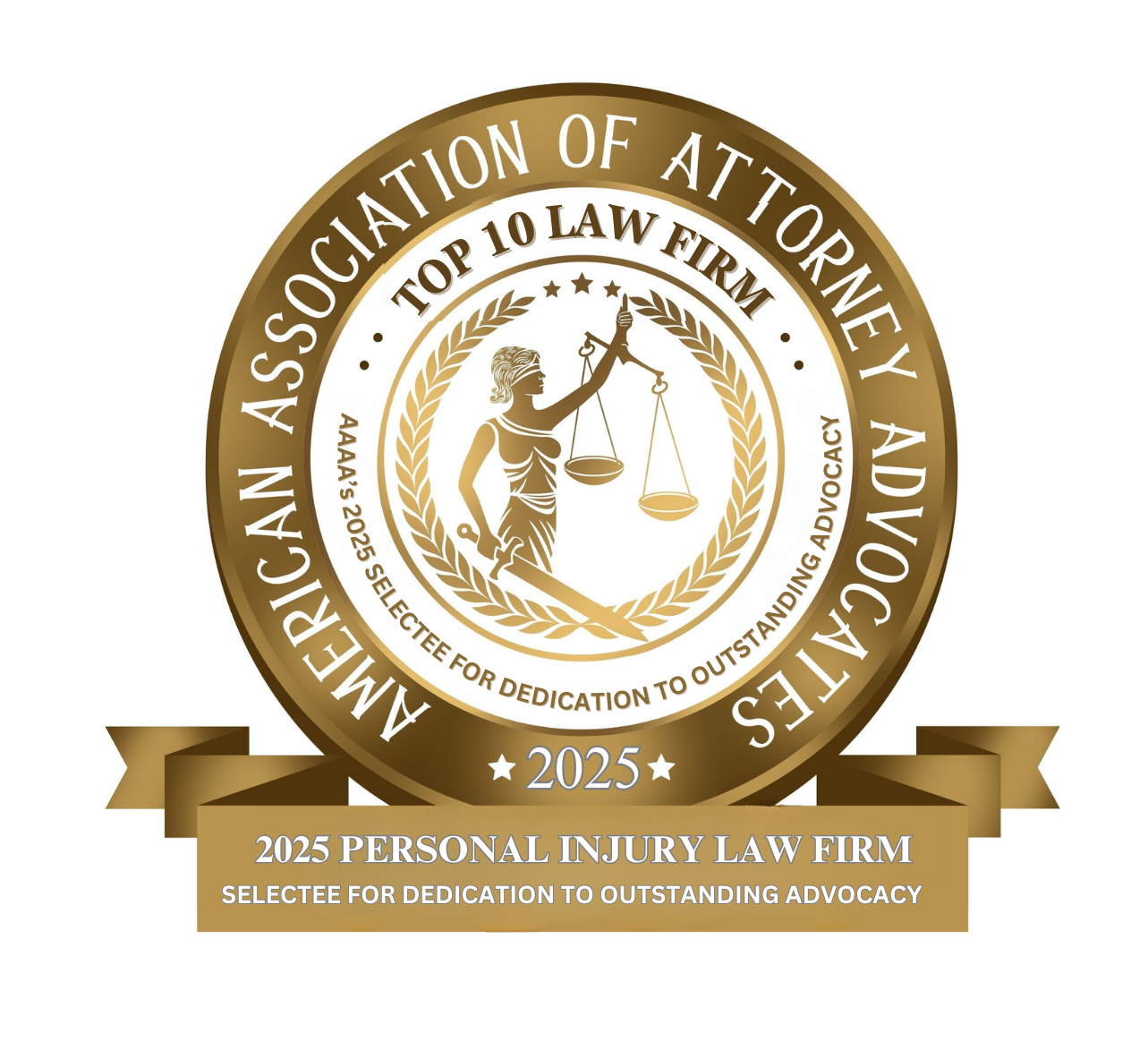- Free Consultation: (630) 527-4177 Tap Here to Call Us
What to Do at an Intersection with Flashing Lights
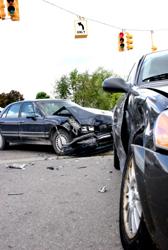
At John J. Malm & Associates, we understand that car accidents often happen in the blink of an eye—especially at intersections where drivers may be confused about the rules of the road. One of the most misunderstood traffic control devices in Illinois is the flashing light at an intersection. Whether it’s flashing red or yellow, these signals can present dangerous situations if drivers fail to respond appropriately.
Our experienced Illinois car accident attorneys have represented countless clients injured in intersection crashes, many of which could have been prevented if drivers had known how to respond to flashing signals. In this blog, we’ll explain what flashing red and yellow lights at intersections mean in Illinois, why these intersections are high-risk, how liability is determined in these types of crashes, and what you should do if you’re injured in one of these avoidable accidents.
What Do Flashing Red and Yellow Lights Mean in Illinois?
The Illinois Vehicle Code (625 ILCS 5/11-309) governs the use of flashing traffic signals and sets clear rules for driver behavior. A flashing red light at an intersection requires a driver to come to a complete stop at the marked line or crosswalk, and to yield to other traffic or pedestrians before proceeding. Legally, it functions the same as a stop sign. A flashing yellow light, on the other hand, instructs drivers to proceed with caution. It does not require a stop, but drivers must slow down and pay attention to crossing traffic, pedestrians, and roadway conditions.
Flashing yellow arrows—which are commonly used to control left turns—mean that a driver may proceed with a turn, but only after yielding to oncoming traffic and pedestrians. Unfortunately, these signals are often misunderstood, resulting in preventable crashes.
Why Intersections with Flashing Lights Are So Dangerous
Intersections are already high-risk traffic areas due to the number of decisions drivers must make in a short amount of time. The addition of flashing lights—especially when misunderstood or ignored—adds complexity. According to the Illinois Department of Transportation (IDOT), there were 299,133 motor vehicle crashes in Illinois in 2023. Of these, 61,547 were injury crashes, and 1,142 resulted in fatalities. Intersections accounted for roughly 25% of all fatal and serious injury crashes.
T-bone collisions, which frequently occur at intersections, are among the most severe. These crashes are often the result of a driver failing to stop at a flashing red signal or misjudging a gap in traffic while proceeding through a flashing yellow.
The Federal Highway Administration (FHWA) reports that over two-thirds of all left-turn crashes happen at signalized intersections, many of which involve flashing yellow arrows. Misunderstanding or misinterpreting a flashing yellow arrow—such as assuming it grants the right-of-way—can lead to catastrophic results.
Illinois’s Efforts to Improve Intersection Safety

To address the dangers posed by intersections with flashing signals, Illinois municipalities have implemented a variety of safety measures. One is the installation of red-light cameras, particularly in high-crash zones like Chicago. According to a 2021 report from the City of Chicago, red-light cameras reduced T-bone crashes by 56%, total crashes by 52%, and injury crashes by 39% at monitored intersections.
Additionally, pedestrian-focused measures such as HAWK (High-Intensity Activated Crosswalk) beacons have proven effective. These signals, designed to stop traffic for pedestrians crossing mid-block or at uncontrolled intersections, have been shown to reduce severe pedestrian accidents by 15% and total crashes by 29%.
How to Safely Navigate Intersections with Flashing Lights
Understanding how to respond to flashing lights is essential for avoiding collisions and complying with the law. Here’s how drivers should approach each type of flashing signal in Illinois:
- Flashing Red Light: Stop completely at the line, crosswalk, or intersection. Look for cross traffic and pedestrians. Yield the right-of-way before proceeding.
- Flashing Yellow Light: Slow down, check all directions, and proceed cautiously. Do not assume you have the right-of-way.
- Flashing Yellow Arrow: Yield to oncoming traffic and pedestrians before making a left turn. Do not treat this like a protected green arrow.
Drivers should exercise additional caution at night, in poor weather, or in construction zones, where flashing signals are more common and visibility is reduced. Failing to obey these signals not only puts you at risk of a serious crash but also opens you up to liability.
Legal Liability in Crashes Involving Flashing Signals
When a crash occurs at an intersection with a flashing light, fault is often determined by whether the drivers involved obeyed the applicable rules of the road. A driver who fails to stop at a flashing red light may be found negligent per se, meaning that their violation of a traffic law directly contributed to the accident. Similarly, a driver who fails to yield at a flashing yellow signal can also be held liable for damages.
Illinois follows a modified comparative fault rule under 735 ILCS 5/2-1116, which means you can still recover damages if you are less than 50% at fault for the crash. However, your compensation will be reduced by your percentage of fault.
Evidence is key in these cases. Photos of the intersection, witness statements, police reports, and signal timing data can all help establish who was at fault. In more complex cases, accident reconstruction experts and traffic engineers may be brought in to explain how and why the crash occurred.
The Role of Insurance in Car Accident Claims
After a crash, the insurance companies for the drivers involved will conduct an investigation to determine fault. This process can be particularly complicated when flashing signals are involved, as liability often depends on whether a driver stopped, yielded, or misinterpreted a flashing light. If the insurance company claims you were at fault when you weren’t, it’s critical to have a car accident attorney who can fight for your rights.
At John J. Malm & Associates, we’ve handled many cases where an injured driver was wrongly blamed for a crash at a flashing light. We work with traffic engineers and experts to reconstruct accidents and prove that our clients followed the law. We also gather and preserve critical evidence—such as traffic signal logs, video footage, and witness testimony—to build the strongest case possible.
Flashing Emergency Lights and Scott’s Law
Illinois also enforces Scott’s Law, or the “Move Over” Law (625 ILCS 5/11-907), which requires drivers to slow down and change lanes, if possible, when approaching any stationary vehicle with flashing lights—including police cars, fire trucks, ambulances, tow trucks, and even construction or utility vehicles.
Violations of Scott’s Law carry serious consequences, including fines up to $10,000, driver’s license suspension, and possible criminal charges if someone is injured or killed. In 2024, Illinois State Police reported 27 crashes involving their troopers who were stopped on the roadside with their emergency lights activated. These types of incidents are entirely preventable when drivers follow the law and exercise reasonable care.
What to Do After a Crash at a Flashing-Light Intersection
If you’re involved in a crash at an intersection with flashing lights, follow these steps:
- Call 911 immediately and request police and medical assistance.
- Take photos of the scene, including traffic lights, signs, vehicle positions, and any skid marks.
- Get witness contact information and ask what they saw.
- Request a copy of the police report once it’s available.
- Seek medical attention, even if injuries seem minor.
- Notify your insurance company and begin the claims process.
- Contact a Naperville car accident attorney, especially if you suffered serious injuries or if fault is disputed.
Contact the Experienced Illinois Car Accident Lawyers at John J. Malm & Associates
Intersections with flashing red or yellow signals can be confusing and dangerous—but the law in Illinois is clear. Drivers must stop, yield, and proceed cautiously depending on the type of flashing signal. When another driver fails to obey these rules and causes a crash, you have the right to hold them accountable. Proving liability, however, requires swift action and a deep understanding of Illinois traffic laws and insurance practices.
At John J. Malm & Associates, our dedicated Illinois car crash attorneys are here to help you through every step of the legal process. If you were injured in an accident at a flashing-light intersection, we will gather the evidence needed to prove fault and fight for the compensation you deserve. We offer free consultations and work on a contingency fee basis, meaning you pay nothing unless we win your case. Call us today at (630) 527-4177 or visit www.malmlegal.com to schedule your free case evaluation.



